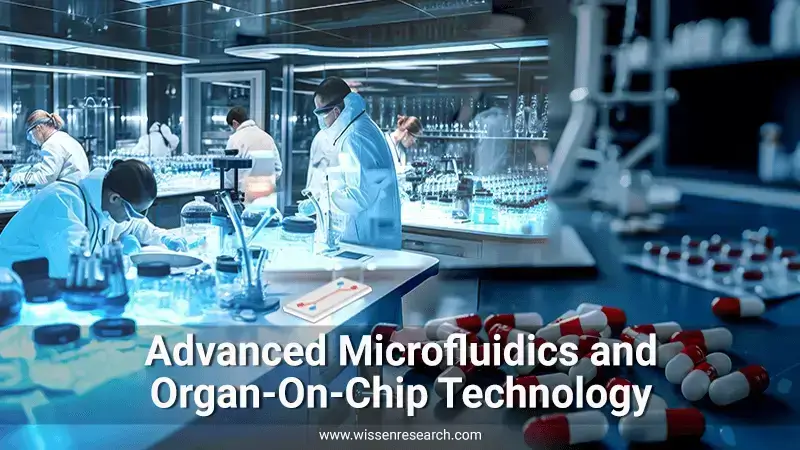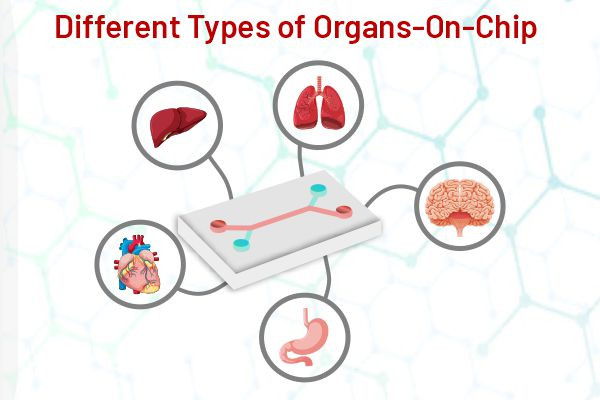
Close


Microfluidic technology has rapidly advanced in recent years and has numerous applications in the life sciences. It is now considered to be The Future of Drug Development and Production in the Pharmaceutical Industry.
Microfluidics is an interdisciplinary field that deals with the manipulation and control of small fluid volumes, typically in the range of nanoliters to microliters. The pharmaceutical industry is one of the major beneficiaries of advanced microfluidics, as the technology provides several advantages in the development, formulation, and production of drugs.
It is a miniaturization technology, that provides analytical efficiency and high-throughput capabilities with precision and automation. It is a powerful instrument for rapid screening and analysis of drug discovery and can also lower costs and reagent consumption by its miniaturized devices.
Microfluidic technology has been applied in a variety of research fields, including chemical synthesis, proteomics, single-cell analysis, tissue engineering, high-throughput screening, environmental analysis, and medical diagnostics.
Microfluidic devices are recognized as advantageous not only for saving space and materials that are often scarce and expensive but also because miniaturization offers several additional advantages.
Microfluidics has emerged as a promising technology in the pharmaceutical industry for developing new therapies, and Organ-On-Chip is a prime example of its application.

Organ-on-a-chip technology is a microfluidic platform that mimics the structure and function of human organs in vitro. It integrates microfluidic, electrical, and mechanical systems to recreate the microenvironment and physiology of human organs, such as the liver, lung, heart, and blood-brain barrier.
Organ-on-a-chip systems are made of flexible or rigid materials, and they contain microchannels that mimic the fluid flow and transport of human organs. The microchannels are lined with living cells, which are maintained in a controlled environment and supplied with nutrients and oxygen. By recreating the microenvironment and physiology of human organs, organ-on-a-chip systems provide a more accurate model for studying the pharmacokinetics and pharmacodynamics of drugs.
Organ-on-a-chip technology has several advantages over traditional in vitro and in vivo methods for drug discovery and development. For example, it provides a more relevant and reliable model for studying human physiology, enabling researchers to study the interaction of drugs with human tissues in a controlled environment. It also reduces the need for animal testing and provides a more cost-effective and time-efficient alternative to traditional drug development methods.
Organ-on-a-chip technology is still in its early stages of development, but it has the potential to transform the pharmaceutical industry by providing a more accurate and reliable model for studying human physiology and drug action. By advancing our understanding of human physiology, organ-on-chip technology can lead to the development of more effective drugs and therapies, and it has the potential to improve human health.

New Organs-On-Chip related microfluidic chips
Applications of Microfluidics in Organs-On-Chip Technology

In conclusion, advanced microfluidics is a promising technology that offers several advantages to the pharmaceutical industry. By enabling faster, more efficient, and more precise drug development and production, microfluidics has the potential to revolutionize the pharmaceutical industry and bring new treatments to patients faster.
This blog highlights the significant impact that organs-on-chip technology could have on the future of medicine. By systematically using these chips, the pharmaceutical industry could potentially save both time and money, while also reducing the need for animal testing.
In addition, organs-on-chip could accelerate the research process. Although the technology has already been proven effective in some cases, there is still a long way to go before we can create a proper human-on-chip, as connecting the organs remains a challenge that requires breakthroughs in biology research. In the future, once the remaining challenges have been addressed, this technology has the potential to revolutionize personalized medicine by enabling tailored treatments based on individual stem cells.
Authored by – Guniyal Bagga
Please Subscribe our news letter and get update.
© Copyright 2023 – Wissen Research All Rights Reserved.
Powered by VintageCoders